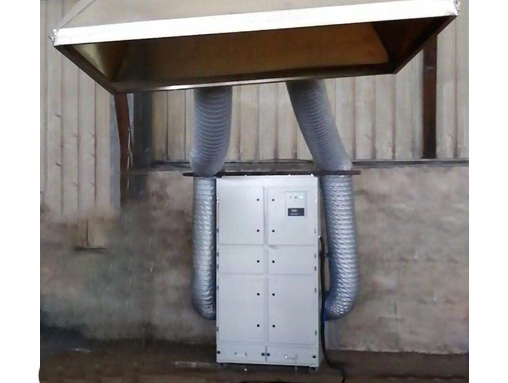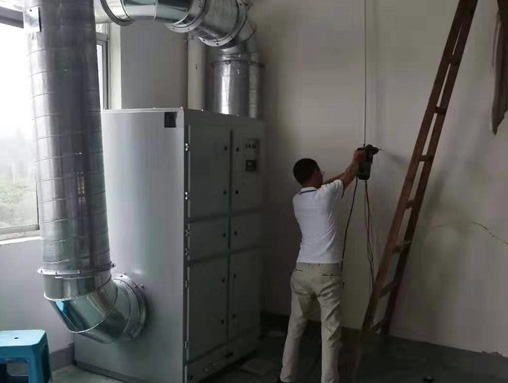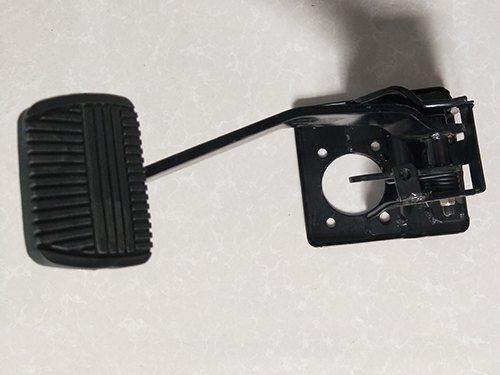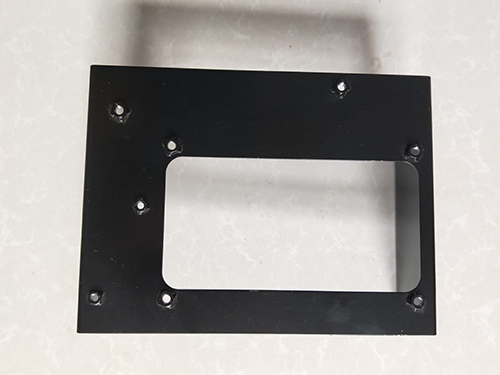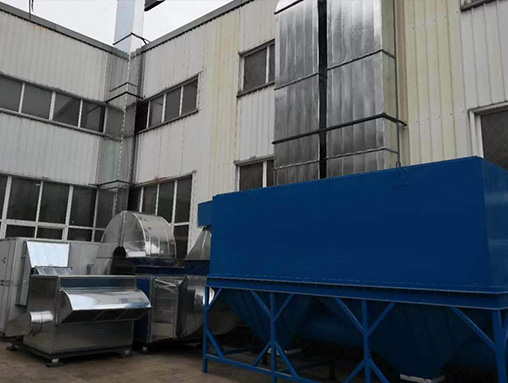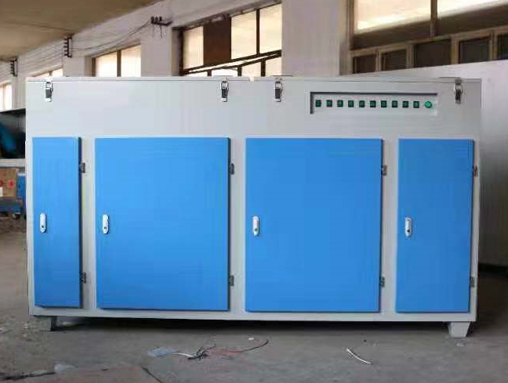The benefits and five major processes of hot stamping forming for stamping parts
For stamping parts, which are related to website keywords and include automotive stamping parts, it is also necessary to familiarize and understand them in order to further understand and learn about automotive stamping parts. At the same time, it can also broaden one's knowledge and benefit from learning. So, let's start working on it now, so that everyone can also gain some insights and inspiration.
What are the benefits of using the hot stamping process for stamping parts? And, which parts of the car can it be used in production?
If hot stamping is used for stamping parts, the benefits it can bring are mainly to achieve lightweight production of automobiles and improve the strength of stamping parts. Moreover, it is formed at high temperatures, so it also has advantages such as high forming accuracy and good forming performance, and there will be no rebound problem. The automotive components that can be used include anti-collision beams, components, and body structural components.
If the stamping parts are formed by hot stamping, what are the main processes involved?
If stamping parts are formed by hot stamping, the specific processes mainly include the following:
Material cutting: It refers to stamping the sheet metal into the required outer contour blank for subsequent processing.
Austenitization: It includes two stages: heating and insulation. Its processing purpose is to heat the material to a suitable temperature to give it good plasticity.
Transfer: It is to take the heated material out of the heating furnace and then send it into the hot forming mold. The key point is to be fast. If the speed is too slow, it will affect the quality of the stamped parts.
Stamping, quenching, and subsequent processing: It is the process of stamping and forming materials at a certain temperature to avoid affecting their formability. After the material is formed, the mold needs to be closed and pressed for a certain period of time to ensure good performance of the material. At the same time, quenching treatment is also required. In terms of subsequent processing, it mainly involves surface treatment or small machining such as drilling.
